Daily Telegraph April 11th 1973
OUR AIR CORRESPONDENT writes: -The weather conditions at Base were appalling and this may have contributed to the cause of the crash. Snow is one of the worst conditions for pilots. It is confusing and disorientating. But the Vanguard pilot should have been able to cope. The Vanguard has no automatic landing devices so is prohibited from landing in weather conditions assessed as ” Category two or Category-three’ on the severity scale. However, I understand that the local reports indicate that visibility was 800 metres and this should be within the limits for a Vanguard landing.
The Vanguard is an easy air-raft to handle. Designed in 1951, it first flew in 1959 and the last one was made in 1962. Forty-three of the planes were built, most going to BEA and Air Canada. BEA still operates 18 Vanguards besides the five owned by Invicta. The plane has an excellent safety record in airline service with only two previous serious crashes during 11 years of airline service. The first of these crashes occurred at Heathrow in October, 1965, when the plane’s landing flaps were retracted at too low an air speed during an over- shoot, causing the aircraft to stall. Thirty-six people died. The other big crash was caused by structural fatigue in the tail unit. Sixty-three people died in Oct. 1971 at Aarsele, near Ghent, when the BEA Vanguard dived into a Belgian meadow on a flight from London to Salzburg. After that crash all Vanguards were strengthened.

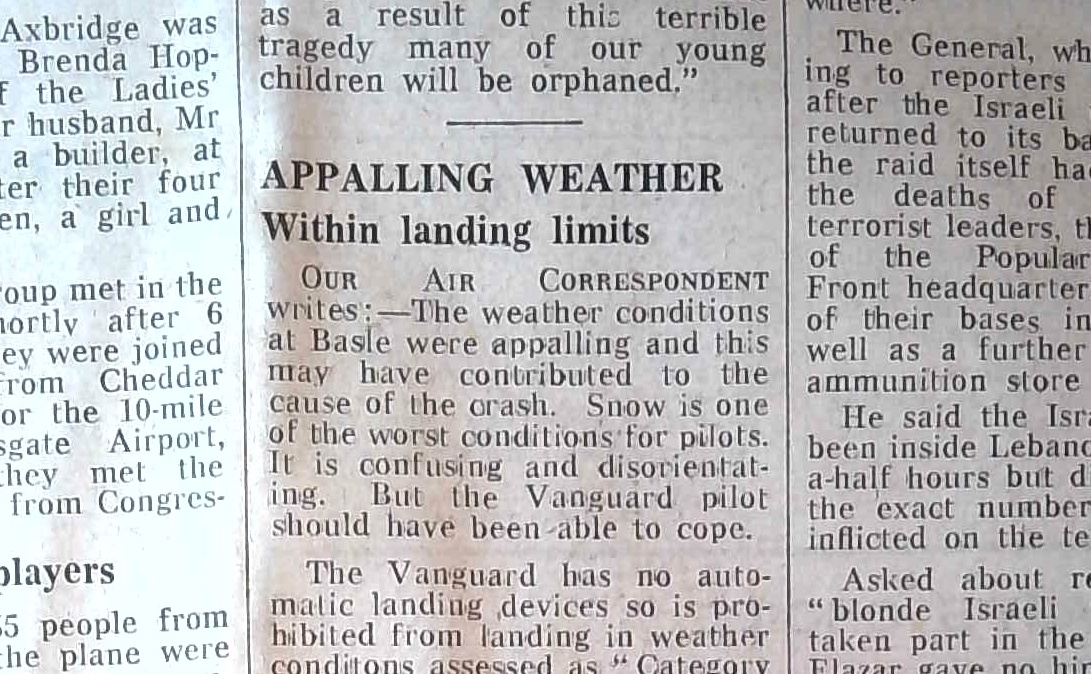
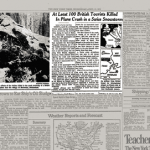
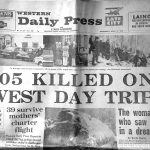


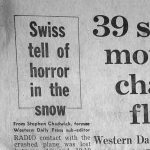
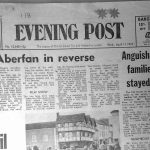
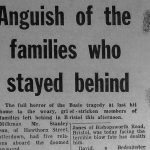
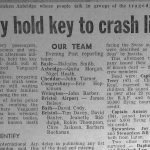
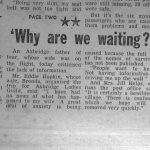
Leave a Reply